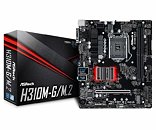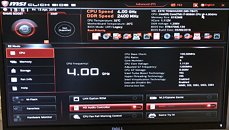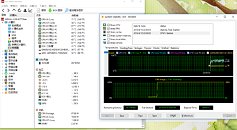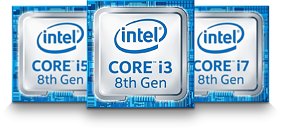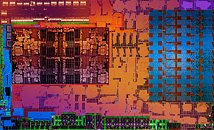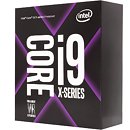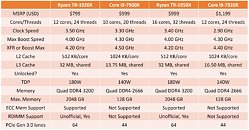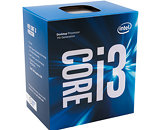
Sapphire Intros FS-FP5V SFF Motherboard Based on Ryzen Embedded
Sapphire introduced the FS-FP5V, a mini-ITX (147.3 mm x 139.7 mm) SFF motherboard designed for AIO desktops, digital signage boxes, and compact desktops. At the heart of this board is an AMD Ryzen Embedded V1000 series FP5 SoC based on the 14 nm "Raven Ridge" silicon. Since this SoC also integrates a southbridge, the board is practically chipset-less. The Ryzen Embedded V1000 chip is configured with a 4-core/8-thread "Zen" CPU clocked at 2.00 GHz with 3.35 GHz boost, and 4 MB L3 cache. The iGPU is a Radeon Vega 11, which may look overkill, but is required to pull the four DisplayPort 1.4 outputs of this board (handy for digital-signage applications).
The Ryzen Embedded V1000 is wired to two DDR4 SO-DIMM slots, supporting up to 32 GB of dual-channel DDR4-2933 memory. Storage connectivity includes an M.2-2280 slot with PCI-Express 3.0 x4 wiring, an M.2 E-key slot with x1 wiring for WLAN cards; and a SATA 6 Gbps port. Networking options include two 1 GbE interfaces. USB connectivity includes two USB 3.1 gen 1 ports at the rear-panel, and two USB 3.1 gen 1 ports (direct ports) at the front side of the board, one each of type-A and type-C. Stereo HD audio makes for the rest of it. The board draws power from either 2-pin DC (external) or 4-pin ATX.
The Ryzen Embedded V1000 is wired to two DDR4 SO-DIMM slots, supporting up to 32 GB of dual-channel DDR4-2933 memory. Storage connectivity includes an M.2-2280 slot with PCI-Express 3.0 x4 wiring, an M.2 E-key slot with x1 wiring for WLAN cards; and a SATA 6 Gbps port. Networking options include two 1 GbE interfaces. USB connectivity includes two USB 3.1 gen 1 ports at the rear-panel, and two USB 3.1 gen 1 ports (direct ports) at the front side of the board, one each of type-A and type-C. Stereo HD audio makes for the rest of it. The board draws power from either 2-pin DC (external) or 4-pin ATX.



















